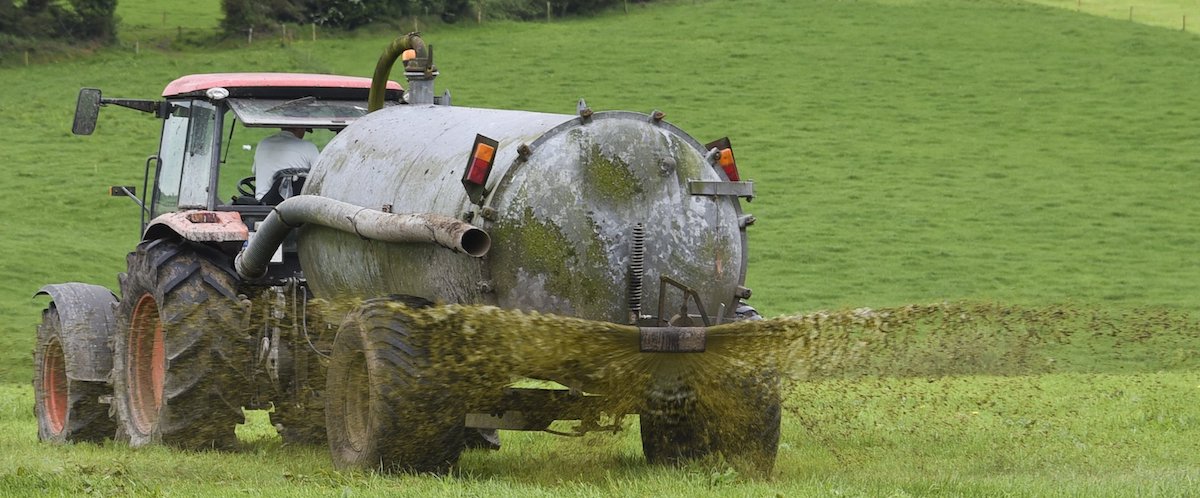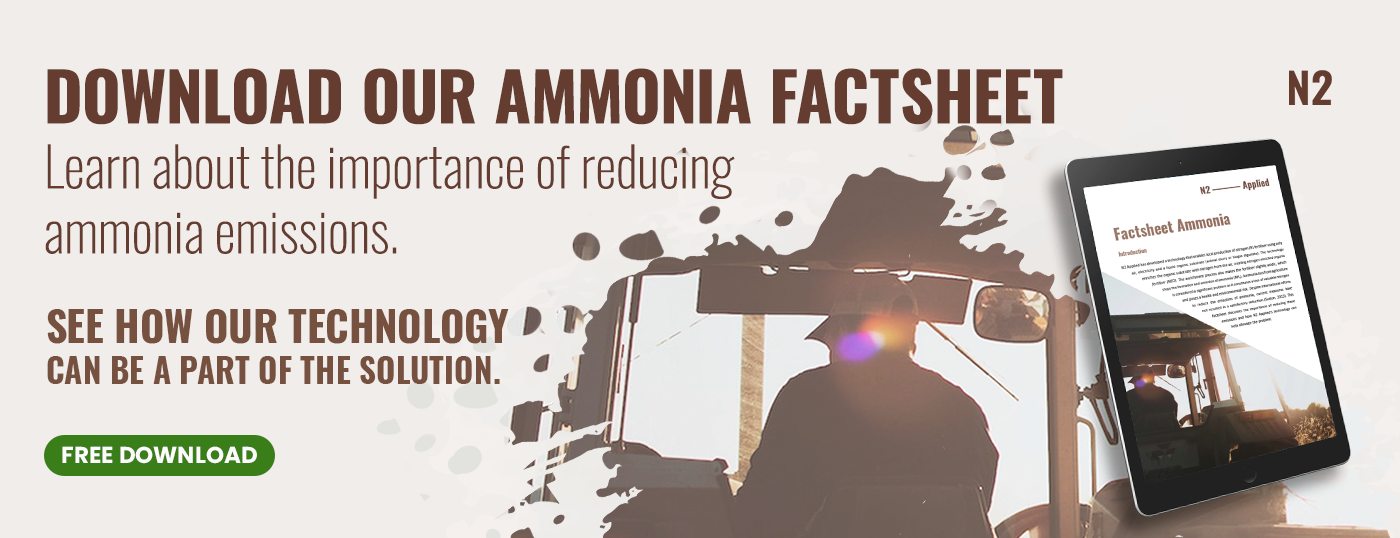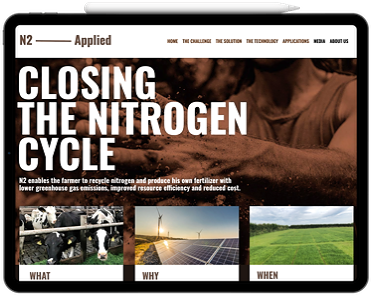Livestock farmers are searching for the best solutions to reduce on-farm ammonia and greenhouse gas (GHG) emissions. On-farm slurry handling solutions can significantly contribute to improve the farm’s performance in emission reduction.
Manure as a valuable resource
Manure is a valuable source of nutrients which can be optimised through proper handling. Preventing the loss of nutrients and keeping them in the farm production cycle can save considerable money otherwise spent on chemical fertilisers. This approach turns the challenge of reducing emissions into an opportunity.
Agriculture accounts for around 51% of methane emissions and 88% of ammonia emissions in the UK (Clean Air Strategy 2019). Manure storage and field application account for 34% of the ammonia emissions. Emissions from manure include emissions from animal housing, during the handling and storage of manure, grazing, and the field application of manure. In the UK 28% of ammonia emissions come from dairy cattle and 20% from beef cattle. These figures ask for a deep dive into possible solutions for slurry handling and show some options to optimise the use of this valuable resource.

In the UK 28% of ammonia emissions come from dairy cattle and 20% from beef cattle.
Centralised and decentralised slurry handling solutions
There are various solutions and technologies in the market to reduce manure and slurry related emissions. An initial deviation can be made from centralised solutions, where slurry is being transported and processed at a central location, versus local on-farm solutions that operate on a farm-scale. Typical examples of centralised solutions are Anaerobic Digestion to produce methane gas for fuel or energy and Nutrient-Recovery or Extraction solutions that aim to make nutrient concentrates by using techniques like dewatering, reverse osmosis, ammonia stripping and pelletizing (producing manure granules).
Producing nutrient concentrates reduces the volume and makes transport over longer distance economically viable. This generally means that the nutrients are taken out of the local system. Another aim of Nutrient-Extraction is to develop ‘pure’ concentrates that can be applied under ‘synthetic manufactured’ fertiliser regulations. This creates opportunities in so-called Nitrate Vulnerable Zones (NVZ), designated areas of land with specific rules for fertiliser application to prevent water pollution by nitrates.
On-farm slurry handling solutions
Farmers can implement and operate a variety of on-farm slurry handling solutions on farm scale and contribute to reducing ammonia and GHG emissions. By preventing the loss of nutrients, many of these solutions eventually lead to a higher plant nutrient uptake and contribute to reducing the use of chemical fertilisers. This way they all contribute to sustainable circular farming.
1. Slurry acidification
Slurry acidification is used to reduce ammonia loss from slurry in livestock housing, slurry storage and during field application of slurry. Acidification is normally done by adding either nitric acid or sulphuric acid to the slurry. The general principle is that acidification lowers the pH and therefore reduces loss of ammonia. Ammonia loss reduction of 64% from pig barns and 50% from cattle barns has been reported. Reduction of around 50% during field application as well.
2. Bacteria- and enzyme-based additives
Mixing bacteria- or enzymes-based additives into slurry has been proven to reduce both nitrogen losses and GHG emissions. The general principle is enhancing the biodegradation of manure slurry and preventing crust formation, which facilitates aeration.
3. Anaerobic Digestion
Anaerobic digestion is a natural process that is done in a biogas plant. In the absence of oxygen, bacteria break down organic materials and produce biogas. Slurry and other organic substrates can be used as input. The process produces methane biogas as its main product. The methane gas is used to either produce electricity, heating/cooking or as biofuel for transport. The process reduces methane emissions from slurry that may otherwise have been lost to the atmosphere. The farm can improve the carbon footprint by using the energy as green electricity or to displace fossil fuel energy use. The digestate is a co-product that is used as fertiliser. The available nitrogen for plant uptake is generally higher (60% to 80%) compared to the original slurry (40% to 60%).
4. Plasma treatment
A newly developed plasma treatment technology uses only electricity to capture nitrogen from air and turn slurry into an efficient and sustainable fertiliser. In a plasma unit the nitrogen is absorbed into the liquid as added nitrate. The process also stabilises the ammonia-N and reduces emissions during storage and field application. Through preventing emissions, it makes more nitrogen available for the plants and increases the nitrogen use efficiency. It enables farmers to locally produce nitrogen fertiliser to substitute chemical fertiliser usage and in the meantime reduce ammonia and GHG emissions.
Slurry handling in sustainable circular farming
Applying the right approach can certainly support farmers in the manure challenge. A variety of solutions offer an opportunity to turn livestock slurry into a valuable resource. Several on-farm solutions provide options for sustainable circular farming by keeping the nutrients on the farm, improving the nitrogen use efficiency of the slurry and reduce emissions from the slurry. A higher yield and substitution of using chemical fertilizers can turn this into a profitable option for livestock farming, turning a problem into an opportunity. This way slurry handling might be a shortcut towards sustainable circular farming.





